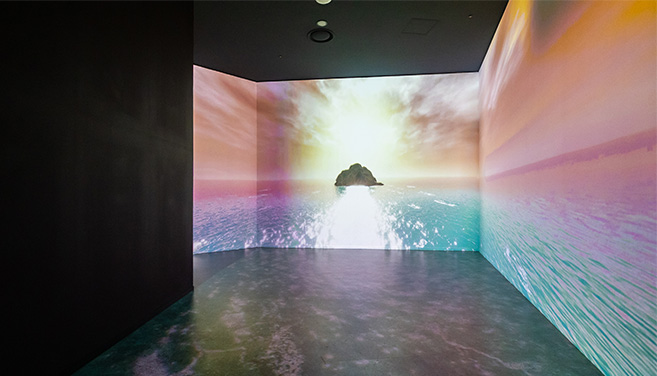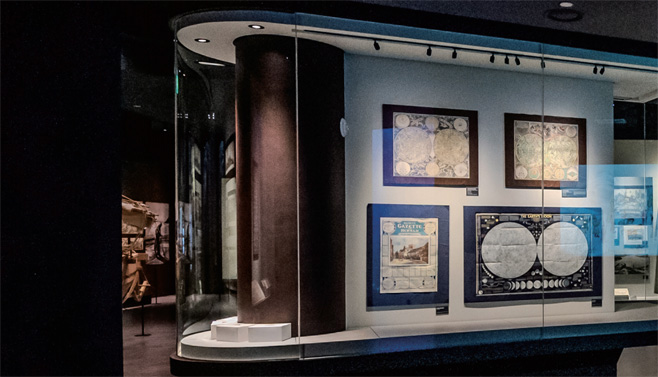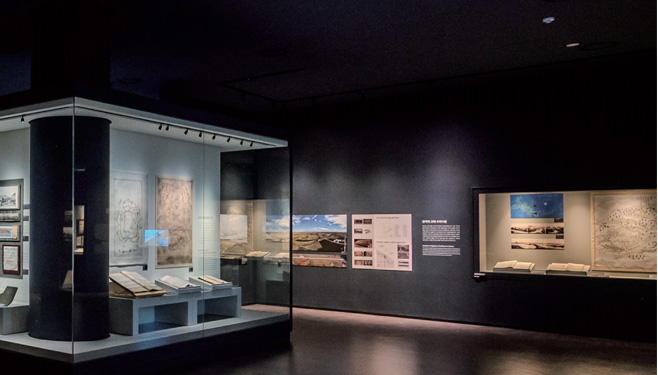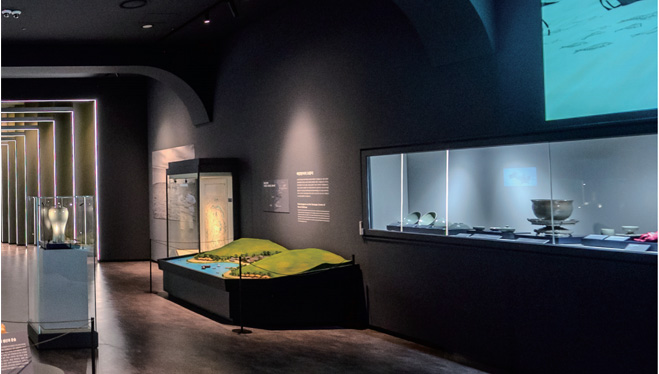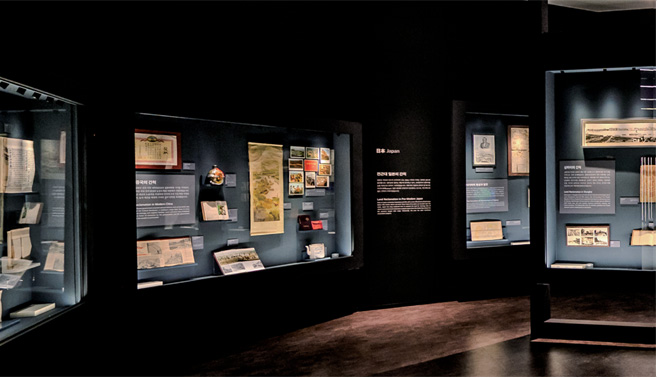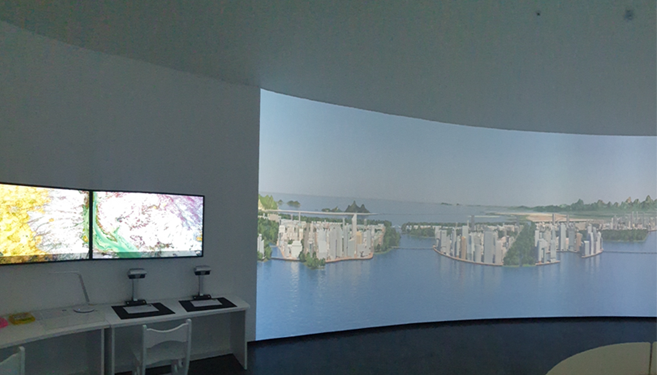The Sea Opens Up
National Saemangeum Reclamation Museum
 Visitor Information
>
Amenities/Facilities
Visitor Information
>
Amenities/Facilities


 Visitor Information
>
Amenities/Facilities
Visitor Information
>
Amenities/Facilities
좌우로 스크롤해서 내용을 볼 수 있습니다.
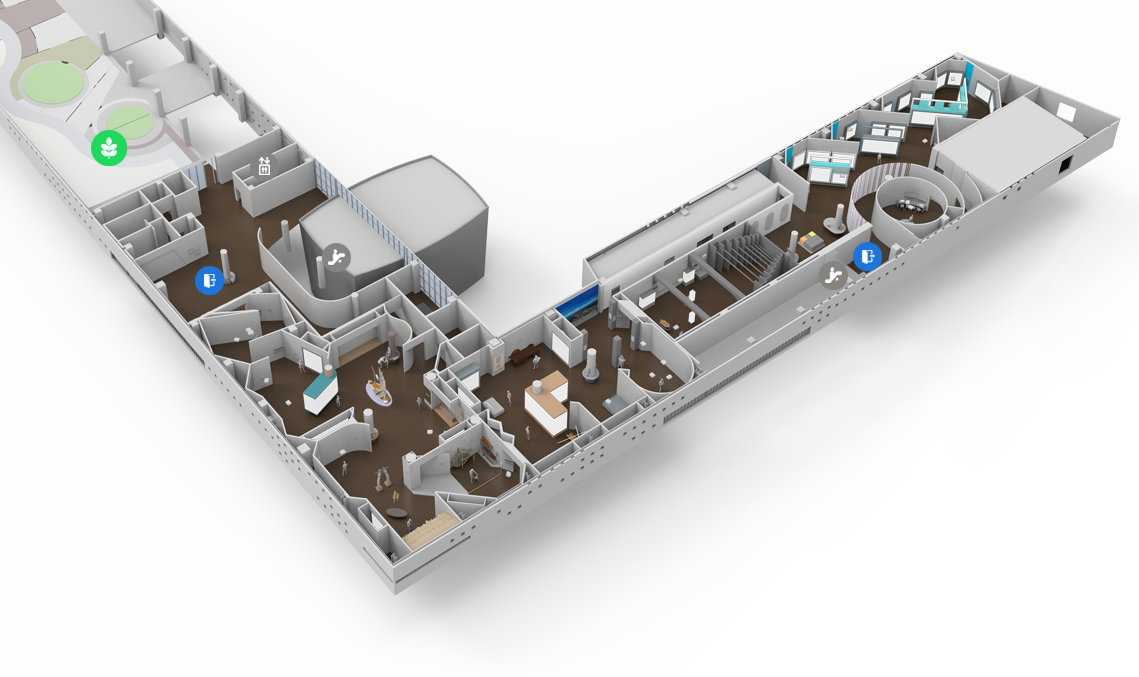

Click on each point to view information about the selected area.






